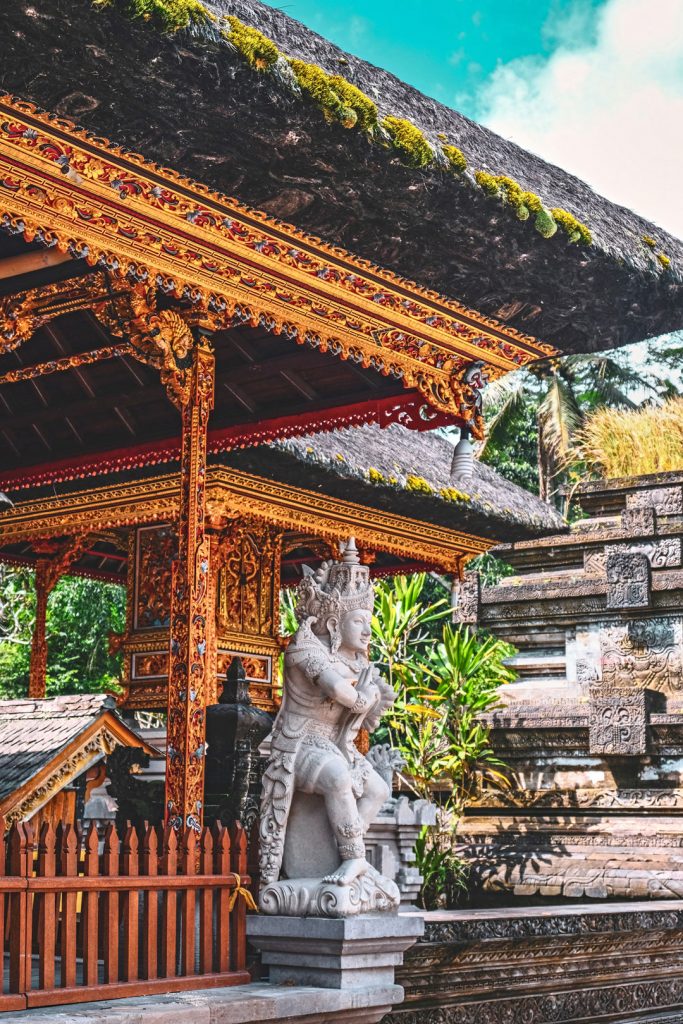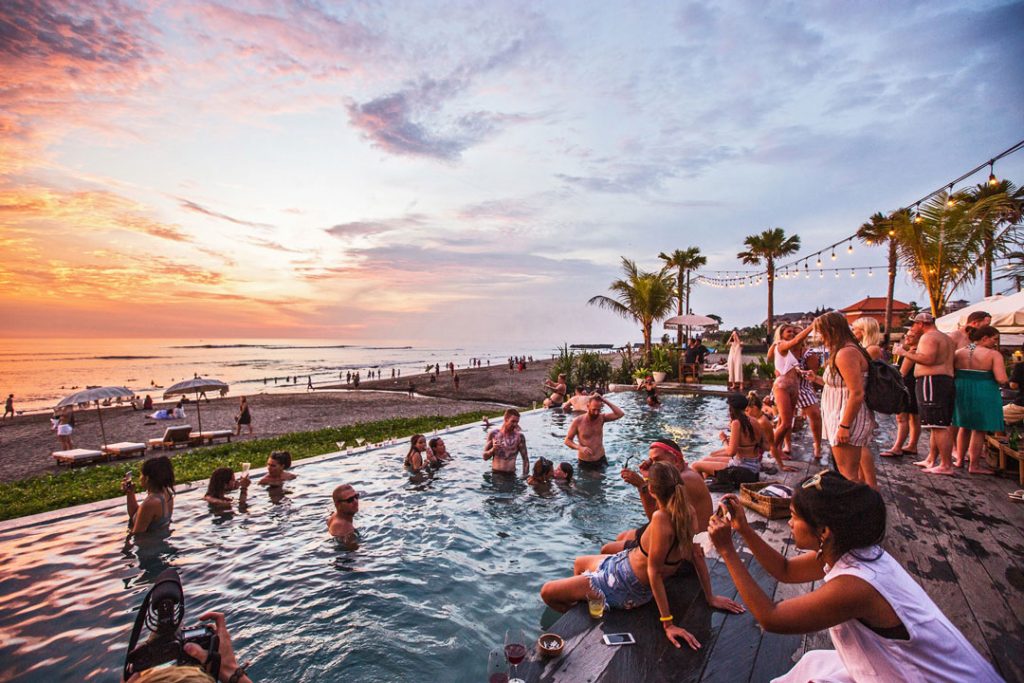When the way we approach our industry with the mantra ‘growth is good’, it sets us on the wrong path. Two tourism experts share how slowing down is actually the way to improve tourism.
Do we really want headlines like these for our destinations?
“Over tourism still threatens Angkor Wat” – Phnom Penh Post
“Skip overly Instagrammed islands like Bali” – National Geographic
“‘Cesspool’: Philippines President closes billion-dollar holiday island over raw sewage”
Thailand: Maya Bay, from ‘The Beach’ closed until 2021
Maybe we should remember the words from Simon and Garfunkel’s great hit song, Feelin’ Groovy, instead:
“Slow down, you move too fast
You got to make the morning last
Just kicking down the cobblestones
Looking for fun and feeling groovy”
So true but so forgotten in the headlong dash for fulfilment and experience. But what sort of fulfilment do you get from a one-minute booked Instagram shot at a very famous “Instagrammable” venue. In the old days a European trip took three months now it’s “12 cities in 14 days” which ticks the boxes but means nothing at all, as Strasbourg and Vienna are blended seamlessly with Berlin and Paris and only the order of the pictures and the date stamp help you remember where you were.
To me its sad because the whole purpose of travel is totally lost . Even Captain Kirk had a better plan: “To explore strange new worlds. To seek out new life and new civilisations. To boldly go where no man has gone before!” Now the possibility of finding new life and new civilisations in the 21st century is remote but we can – and must – enjoy the ones we encounter on our travels because they are indeed new to us.

But how to do that? For our solutions to the challenge to change “quantity into quality” and “fast into slow“ we turned to two incredibly insightful women of tourism who specialise in exactly that and have told packed audience in February in Jakarta some of the solutions. Here we share their great input with you.
Let’s start with Susan Santos de Cardenas, President & CEO, Society for Sustainable Tourism, Green Destinations Southeast Asia Partner, Representative.
First she told us what the Green Destinations’ Core Values are, which basically encapsulate the whole essence of sustainable tourism values in one clever phrase ‘GREEN’:
Genuine and authentic: supporting the celebration of local culture and tradition.
Responsible and respectful: defending people against exploitation, enhancing accessibility for people with disabilities, and preventing disruptive mass tourism (over tourism).
Economically sustainable: involving the local business community and enhancing local community employment during and beyond the holiday season.
Environment and Climate: ensuring environmental health and safety, and climate change mitigation and adaptation.
Nature & scenery: protecting scenic views, habitats and wildlife, and respecting animals that are used in tourism.
Then she went on to tell us real examples of success stories which help us to imagine what we need to do to make our dreams into reality.
Philippines: The AloguinsanBojo River Eco-Cultural Tour is managed by the local community which runs the eco-cruise on the shores of the Tanon Strait, the biggest marine protected area in the Philippines Lake Holon, T’boli, South Cotabato, Philippines. The former illegal loggers changed to being the ecotourism managers and eco-guides creating an amazing example of community based tourism that ensures the spread of benefits to all stakeholders and at the same time protects and preserves the heritage of the T’bolis.
Thailand: The great idea of creating Designated Areas for Sustainable Tourism Administration (DASTA) is underway in six existing tourism areas and plans to meet the Green Destinations Standards in 2019 and onwards. The Chang Islands and Vicinity, Pattaya City and Vicinity, Uthong Ancient City Historical Parks of Sukhothai, Si Satchanalai, Kamphaeng, PhetLoei Nan Old City are the 7 Designated Areas for Sustainable Tourism, and are another example of how we can proceed.
Bali: Pemuteran Village, The Coral Reef Restoration Project with a focus on conservation, education, ecotourism, and livelihood opportunities provides another excellent local example.

Susan shares some clear guidelines for us to follow:
• Over tourism solutions can include community based tourism as noted above, that engages all the community, promoting local culture and preserving nature.
• To promote quality tourism over quantity we have to learn “visitor management” techniques and engage many government agencies and the private sector.
• We have to emphasise authenticity and the unique qualities of destinations, especially their distinct cultural and environmental conservation elements.
• We need to practice target marketing and strategic development to attract longer stay visitors.
• And visitor behaviour plays a role; it can be managed and regulated.
• And finally we have to support local businesses, buy local products, and pursue sustainable purchasing to support the local community.

Now let’s turn to Wiwik Mahdayani, Founder & Director, DESMA Center, for her ideas on the battle of ‘Quality VS Quantity’.
Wiwiek says that as tourism reaches maturity as an industry in many countries around the world, the question is absolutely one of sustainability.
Accepting and implementing limits on tourism development is one way to counteract the overuse and exploitation of a destination natural resources and cultural heritage assets.
There will be a need to analyse the trade-offs between cultural integrity and natural conservation to economic benefits and impact. Here are her STRATEGIES FOR MANAGING IMPACTS:
1. Carrying Capacity
“The maximum use of any site without causing negative effects on the resources, reducing visitors satisfaction, or adverse impact upon the society, economy and culture of the area.”
Questions for carrying capacity:
• How many visitors?
• What sites should be for tourism development?
• What infrastructure is needed?
• Resource limitation to tourism development ?
• What mechanism needed to control tourists operators and/or visitors
2. Visitor management system
A manner which maximises the quality of visitor experience while assisting achievement of the site’s overall management objectives;
• Visitor management is designed to control the numbers and flow of visitors as well as their activities.
• Visitor flow works by restriction to certain areas, establish pathway through areas, and controlling the time of visits.
• Visitor management is also a means to minimise the impact of visitors in a tourism destination. To achieve better service quality and values of tourism attractions
Effective visitor management will
1. contribute to the visitor’s understanding and appreciation of the destination;
2. reduce damage to sensitive sites and localities;
3. tackle issues that may be affecting the quality of the visitor experience and the quality of life for local people;
4. attract and disperse visitors within the destination to spread the economic benefits more widely
3. Diversify tourism products and services in tourism destinations
Effective implementation will: Avoid uniformisation of tourism attractions, extend the length of stay, improve the quality and economic benefit for the locals, broaden the experience of visitors
Wiwieks’s conclusion:
• Flights, restaurants, and hotels have clear capacities to accommodate their customers(Number of seats or rooms) so the same concept and analogy can be applied to a destination too
• Quality doesn’t mean only target to medium to high end visitors, but to target the longer length of stay of the visitors, spend more and return.
• The number of visitors and characteristic of visitors in a destination is the implication of the goals that have been set.
I think you will have to agree that these ladies know their stuff very well and the solutions and examples they give are relevant and absolutely useable.
The question is who will take them on in Bali and make this island a shining example of sustainable tourism where visitors just slow down and enjoy every, uncrowded, unhurried moment.
Susan Santos de Cardenas
Society for Sustainable Tourism
sstdi.org
Wiwik Mahdayani
DESMA Center Office
desmacenter.com







